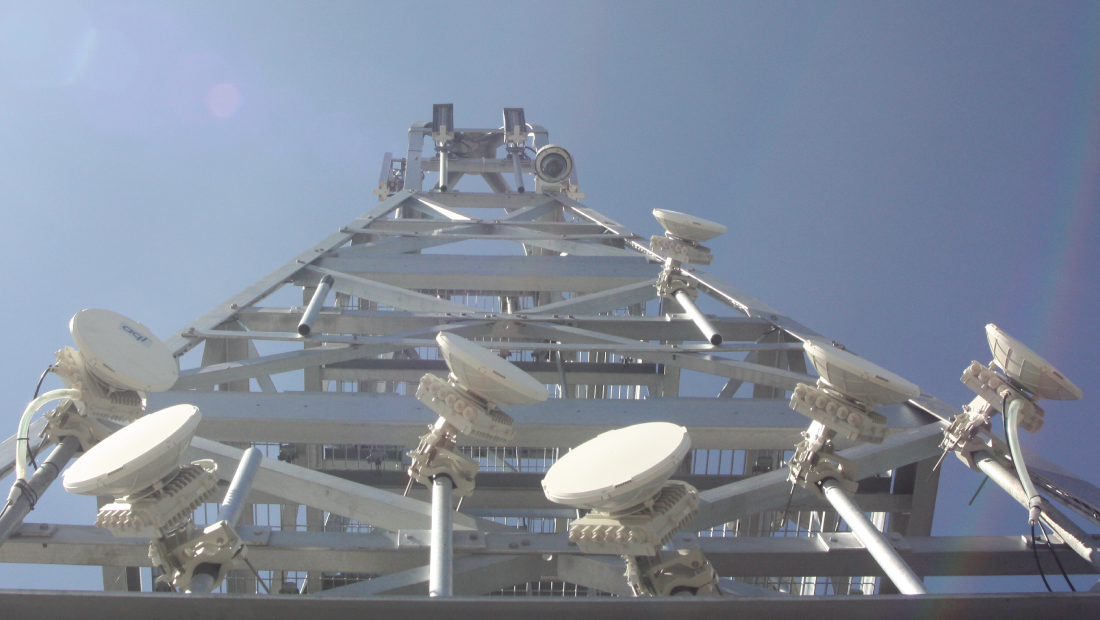
08 Mar 2015 Mobile broadband performance and how it has improved over the last few years
Mobile broadband has often struggled to fulfil the ‘broadband’ part of its name, with a reputation for delivering a performance that can leave you waiting around for even basic tasks to complete and making it difficult to do anything online that involves the transfer of a larger amount of data.
If you’ve not tried mobile broadband in the last few years though you might be pleasantly surprised at its current capabilities as you can now get a very impressive performance from mobile internet services, even without making the switch to 4G.
The evolution of mobile broadband speeds
Since 2009 Broadband Genie has been putting mobile broadband through its paces with our Road Trip feature. Taking devices from all the major networks on a train journey we examine the performance under real world conditions to get an idea of how the services cope with tasks an average user would carry out when traveling around the country with their laptop. This has allowed us to see how mobile internet has changed over the past six years, and how much better the performance is on today’s networks with the latest hardware.
The route, tests, networks and devices used for our Road Trip have differed each year since we began so a direct comparison of all the test data would not be useful or fair, but we can get an idea of the differences and improvements demonstrated by all networks by looking at speeds.
In 2009 the fastest network was Virgin Mobile (using what was then T-Mobile) with a top speed of 1.8Mb, with Vodafone as the fastest network operator at 1.2Mb. Two years later Three had the fastest result with 2.91Mb, and at that point mobile broadband starts to get more generally useful as it can begin comfortably handle demanding tasks beyond web browsing and email.
In 2013 Three again came out with the fastest single speed result, this time an impressive 8.66Mb. This was also the first year we tested 4G, using EE, though as coverage was quite limited this didn’t make much of an impact, giving a strong but not outstanding 7.11Mb download speed.
The improvements to mobile broadband became most apparent in 2014. For the first time since we began every network managed to exceed 1Mb for both average and top speeds, and by a significant amount. Three was once more the fastest with a top download speed of 19.53Mb but every other provider managed over 4Mb, with several exceeding 10Mb.
How to get the best mobile broadband speeds
Mobile broadband performance can be unreliable and hard to predict as its dependent on various factors. Signal strength has a huge impact, with weaker signal resulting in a speed difference that’s noticeable without running any tests and greater instability in the connection having an impact on very demanding applications like streaming video and large file downloads. But to complicate matters you might also experience poor connectivity even when there appears to be strong signal as the cell towers can be congested or affected by faults in the network. Your device can also play a part, some phones and mobile broadband dongles can have better aerials and support faster standards.
Much of this is outside our control, but there are some steps you can take to optimise performance.
Upgrade your hardware
If you’ve got an older mobile phone or mobile broadband dongle then upgrading to a newer device can allow you to take advantage of more advanced networking technology. This doesn’t have to mean 4G; Some networks have implemented faster 3G standards such as DC-HSDPA (which Three markets as ‘Advanced 3G’) across much of the country. These are supported by many modern devices and can provide very quick speeds.
Add an aerial
If you have a mobile broadband dongle it may be possible to use an extended aerial to improve reception, a simple upgrade that can immediately improve the connection for little cost. You can even see an improvement by simply placing the dongle up high near a window using a cheap USB extension cable.
Disable background applications
When using mobile broadband keep an eye on the activity of other applications on your computer, tablet or phone. In particular software and operating system updates can be large and may automatically start as soon as a connection is established. If things seem unusually slow check there’s not a big download happening in the background. It’s usually a good idea to save that kind of thing for home broadband anyway as it could quickly consume your monthly data allowance.
Wait for off peak times
Mobile internet speeds can take a big dive during the day when the networks are busiest, so if possible save large file transfers or video streaming for the early morning or later in the evening when it’s less congested, it’s likely to be a far more comfortable experience.